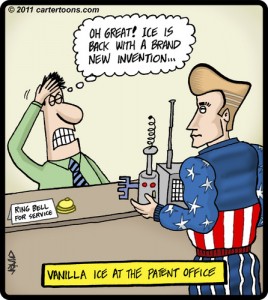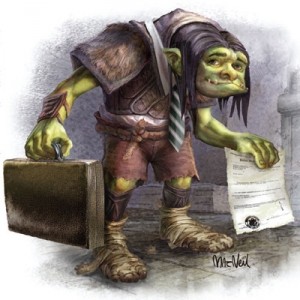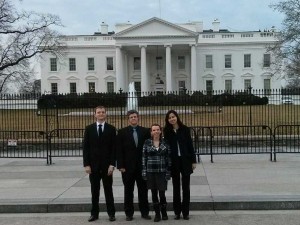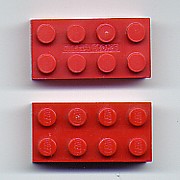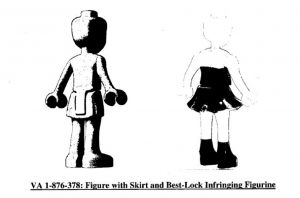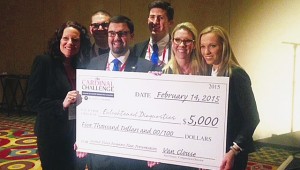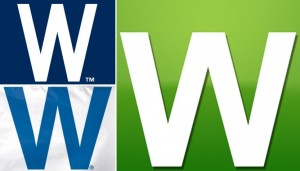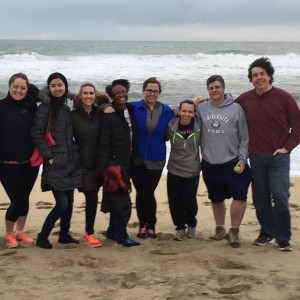A post from our student blogger Megan
Three words: patent application drafting. This is what the MSPL is immersed in as of right now. Our graduate thesis consists of drafting a patent application which is due on April 1. Drafting a patent application is a true art form and more in-depth than its moniker suggests. It is not simply an “application” that one fills in information into prepared blanks. In fact, patent application drafting requires serious skill and thought into the future. Most of what goes into a patent application is very calculated language and terminology, with careful consideration of what types of language could be litigated on at a later time.
One interesting aspect of the patent application is that there are rules that accompany each part of the application. There is even a rule for the title which states that: it must be 500 characters or less and the words ‘“new,” “improved,” “improvement of,” and “improvement in” are not considered as part of the title of an invention, these words should not be included at the beginning of the title of the invention and will be deleted when the Office enters the title into the Office’s computer records, and when any patent issues. Similarly, the articles “a,” “an,” and “the” should not be included as the first words of the title of the invention and will be deleted when the Office enters the title into the Office’s computer records, and when any patent issues.”’ This rule for invention titles is actually very short and understandable compared to the other rules for each part of the patent application.
Combine the pressure of submitting a patent application within a specific deadline (timing is everything in the patent world—if you miss a date your client can be enormously hindered) and the rapidly, seemingly never-ending evolving design of cutting-edge inventions, and you have the perfect storm of quiet chaos. My desk is stacked with notes from inventors, red-inked application drafts, and sticky notes with simple reminders to look up a rule of law. I work day in and day out on the application but somehow each new day brings a new challenge: this document is truly living and breathing, it changes each time the inventors email with a new drawing or ask about adding a detail that they hadn’t considered before.
Be forewarned: patent application drafting is not for the faint at heart. I joke, but in all honesty, while drafting my first patent application has admittedly been a struggle, it has also deepened my appreciation for the agents and attorneys that draft applications on a daily basis. These professionals walk a thin line between fully describing the underlying invention, and avoiding costly litigation blunders that may crop up sometime in the future. This requires the utmost in scientific and engineering comprehension, along with a deep-seated legal knowledge of rules.
The enjoyment in drafting the application has been in translating science and engineering principals into legal language. We are seeing the finished product after months of careful planning and understanding another person’s detailed creation. I am eternally grateful to the Notre Dame inventors I got to work with to draft my first patent application; I learned a ton and the experience was one-of-a-kind. I’d like to make this blog entry longer but please, excuse me, I have to get back to this application!
